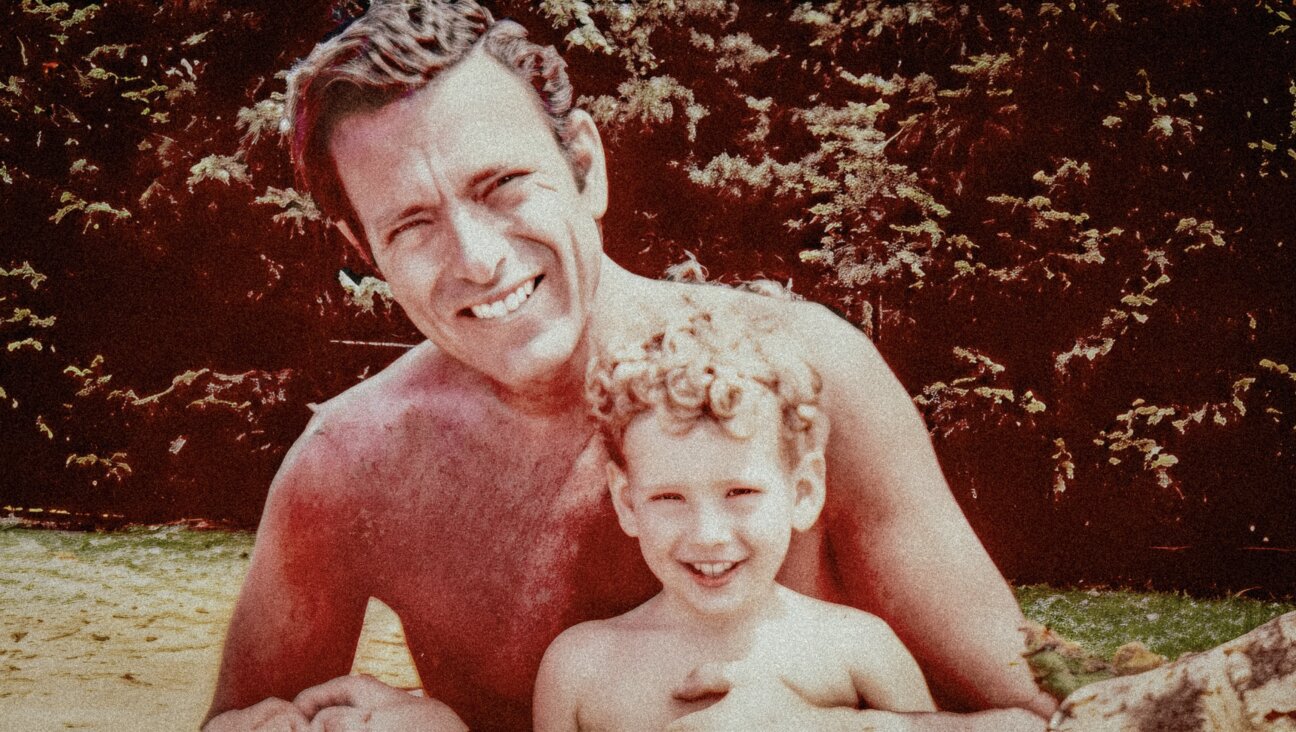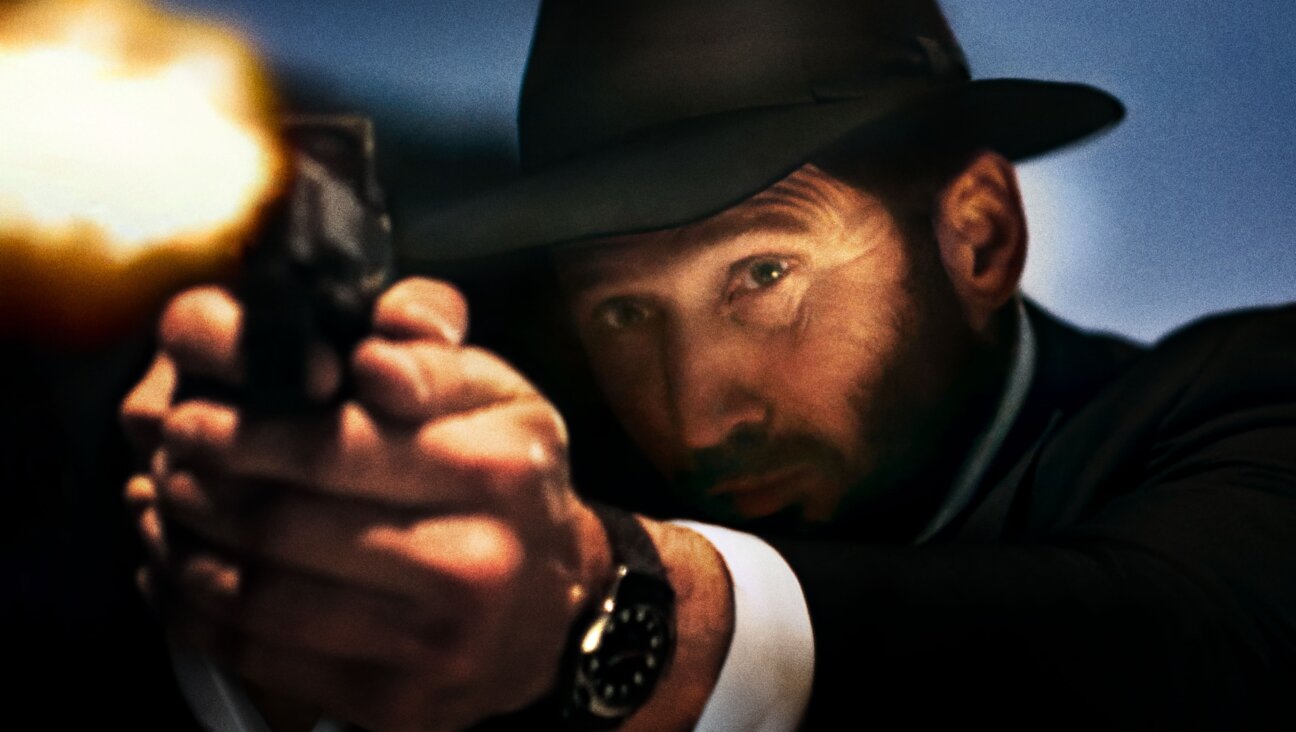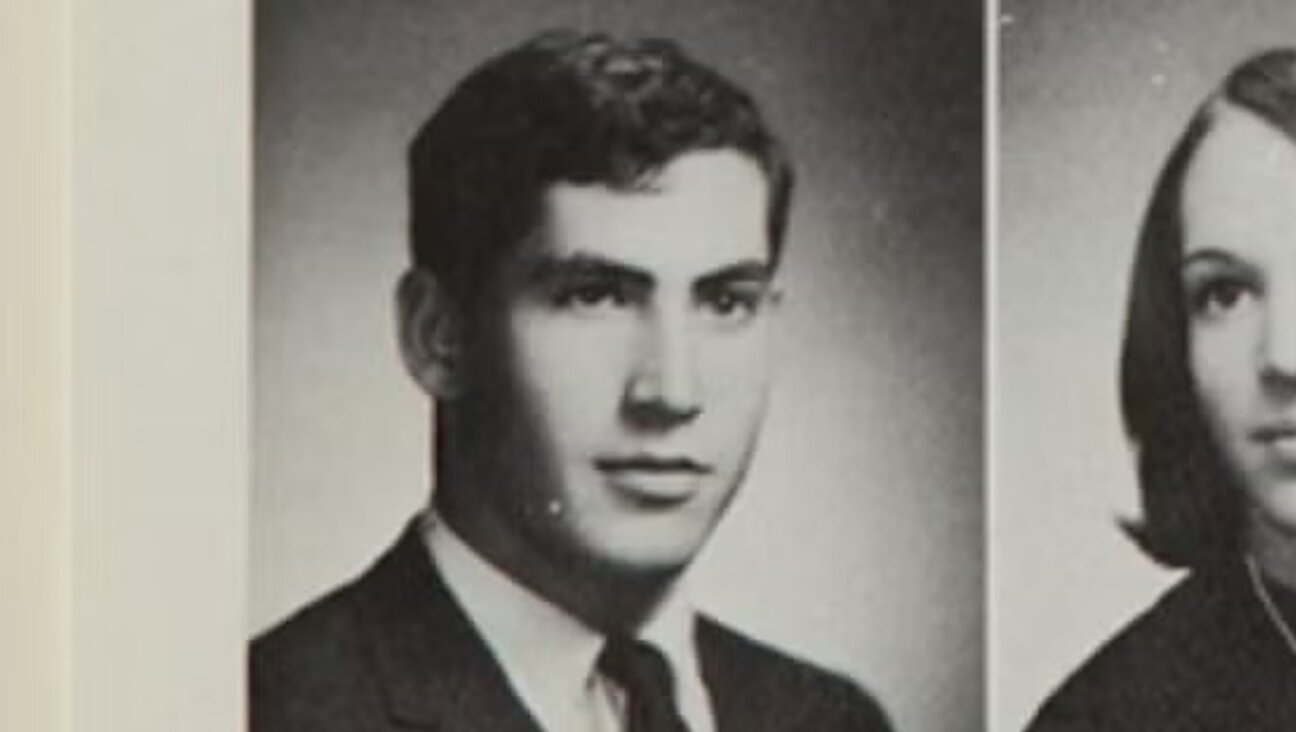On its 50th anniversary, the secret Jewish history of ‘Doonesbury’

Sunday comics Image by Getty Images
Celebrating its 50th anniversary on October 26, the comic strip “Doonesbury” must hold a longevity record for what was originally intended as an undergraduate jape. And it has a surprising amount of Jewish influence.
Created by Garry Trudeau, “Doonesbury” early on peppered a wide range of targets with wry comments, as the Harvard Bulletin”commented in 1971, from Richard Nixon and Hubert Humphrey to “Jewish radicals” and the Black Panthers.
From a privileged prep school background, Garretson Beekman Trudeau must have been impressed to see his fellow Yalie, the undergraduate Jewish activist, Mark Zanger leading the Yale chapter of Students for a Democratic Society (SDS).
The political scientist Geoffrey Kabaservice has cited Zanger to the effect that ideologically, Harvard had a “more developed student body” than Yale at the time, with a “far larger chapter of SDS.”

Doonesbury & Pals: Trey Parker (L), Matt Stone (C), creators of “South Park” and Gary Trudeau (R), creator of the comic strip “Doonesbury”, discuss the difficulties in creating their craft at the Arts 2002 panel discussion at the U.S. Comedy Arts Festival March 1, 2002 in Aspen, CO. Image by Getty Images
Undaunted, Zanger worked on, eventually inspiring the character Mark Sheldon Slackmeyer in “Doonesbury.” Possibly the vocal Jewish presence at Yale led Trudeau to include a number of mildly satirical, consciousness-raising jokes with Yiddishkeit in the strip.
One such involved Kim Rosenthal, a Vietnamese refugee who appeared in 1975 as a baby adopted by a Jewish family after the fall of Saigon; she later married the strip’s protagonist Mike Doonesbury.
A brainiac who dropped out of a computer science program at MIT, claiming it was “too easy,” Kim is praised by a fellow student for winning a scholarship in a strip reprinted in “A Doonesbury Retrospective.” The classmate adds that academic must be easy for someone raised in an Asian family. Kim retorts, “I wouldn’t know. I’m adopted. My parents are Jewish.” To which the other student exclaims, “Jewish? Yo! Say no more.”
Neatly spoofing two forms of positive stereotyping in condensed form, this type of wit endeared Doonesbury to readers, including Jewish ones, over the decades. Ever-ready to comedically exploit unverified press rumors, “Doonesbury” lampooned the presidential candidate Ross Perot in a strip later reprinted in “The Portable Doonesbury”
In it, Perot is interviewed by radio commentator Mark Slackmeyer, who asks about the candidate’s supposed bigotry: “Why did you try to keep your daughter from marrying a Jew?” Perot denies the charge, asking, “Are you a Jew?” to which Slackmeyer drily replies, “Must be. I’m in the media.”
The strip’s willingness to grapple with issues of societal anti-Semitism with trademark sarcasm made Jewish readers ready to overlook the more conventional or stereotyped minor characters like Marcia Feinbloom, Mike’s man-hungry secretary, Mark Slackmeyer’s father Phil, a Jewish businessman who is jailed for insider trading, and the superagent Sid Kibbitz, a rabbi’s son who becomes an ordained minister in the “Christian Order of Immaculate Pacifism.”
Instead of from these trite characters, Trudeau’s understanding of Jewish life in modern American society is better reflected in his collaboration with the photographer David Levinthal, whom he met during graduate studies at the Yale School of Art.
Levinthal, who uses dolls and toys in dramatic, powerfully emotional stagings, created with Trudeau “Hitler Moves East,” what they termed a “graphic chronicle” of the Nazi invasion of Russia during World War II, the so-called Operation Barbarossa.
As in “Doonesbury” at its best, “Hitler Moves East” relates otherwise unmanageable or unconceivable world events in miniaturized form. On his own, Levinthal would later produce a photographic book on Hitler’s manifesto “Mein Kampf” as well as other evocations of battlefield strife.
Bolstered by this condensation of tragic events, Trudeau was well-prepared for future years of expressing Jewish themes, among other political topics. Which shocked devotees all the more when in May 2009, in one “Doonesbury” strip, a girl confuses “money changers” described in the Gospel scene of the cleansing of the Temple, expelled by Jesus who rejects commercial activity in a religious place, with “moneylenders,” or usurers, a common anti-Semitic trope.
Rabbi David Saperstein, head of the Religious Action Center of Reform Judaism, sent a message to Trudeau that the Doonesbury joke “smacks of anti-Semitism…I hope my reading of the cartoon is correct that the focus appears to be on the current financial crisis; in this case, however, a line was crossed that allowed a pernicious stereotype to find its way into the discourse about the current economic challenges faced by our nation and world. If you agree with me that these challenges are not the fault of any one individual, group or religion, then I hope you share my concern that your cartoon might be read as blaming Jews.”
On its website, the Anti-Defamation League reacted less temperately, claiming that “Doonesbury” “misquotes the Bible, maligns Judaism, and promotes a Christian heresy.”
Weathering this controversy, Trudeau continued on until an even greater ruckus was raised by his comments in April 2015, when accepting a lifetime achievement award for cartooning. The Paris “Charlie Hebdo” shootings in January 2015 took the lives of, among others, the Jewish cartoonist Georges Wolinski the Jewish psychiatrist Elsa Cayat and the much-loved non-Jewish artist Jean Cabut, known as Cabu.
At the awards ceremony, Trudeau criticized the victims, without naming them, for “punching downward… attacking a powerless, disenfranchised minority with crude, vulgar drawings closer to graffiti than cartoons,” and thereby wandering “into the realm of hate speech” with cartoons of Muhammad.
As none of the dead had drawn the controversial caricatures of Muhammad, observers were perplexed by his comment. Perhaps worse, Trudeau added: “Even ‘Charlie Hebdo’ once fired a writer for not retracting an anti-Semitic column. Apparently he crossed some red line that was in place for one minority but not another.”
Again no names were mentioned, giving the impression that all these events were remote indeed from Trudeau’s bucolic Connecticut home, and he could not be bothered to get precise details before offering an opinion.
Trudeau’s vague reference in 2015 was to Maurice Sinet, a French political cartoonist known as Siné. In August 1982, shortly after a terrorist attack on a Jewish restaurant in Paris’s Marais district, a reportedly drunk Siné declared on French radio: “I’m anti-Semitic ever since Israel started bombing. I’m anti-Semitic and no longer afraid to admit it. From now on, I’m drawing swastikas on every wall…I want each Jew to live in fear unless he is pro-Palestinian… Let them all die! They are boring. They’ve been boring us for 2000 years, the bastards. They should all be euthanized. So-called Jews with stupid folklore and crappy [Marc] Chagall.”
When Jewish organizations understandably objected to this inebriated on-air outburst, Siné apologized, but was nevertheless convicted of “provoking discrimination, hatred, or racial violence.”
Even so, Siné was not fired from “Charlie Hebdo” then, but only in 2008 after he made a joke in dubious taste about the son of President Nicholas Sarkozy marrying a Jewish heiress. Among noted Jews approving his firing were the statesman Robert Badinter, author Hélène Cixous, philosopher Blandine Kriegel, and Nobel prizewinner Elie Wiesel.
After a flurry of lawsuits, Siné’s firing was found to have been unjustified. Had Trudeau taken the time to delve into the details of this controversy, his latter day self-demolition of an admirable record for understanding Jewish history and experience might not have tarnished his strip’s half-century celebrations.




















